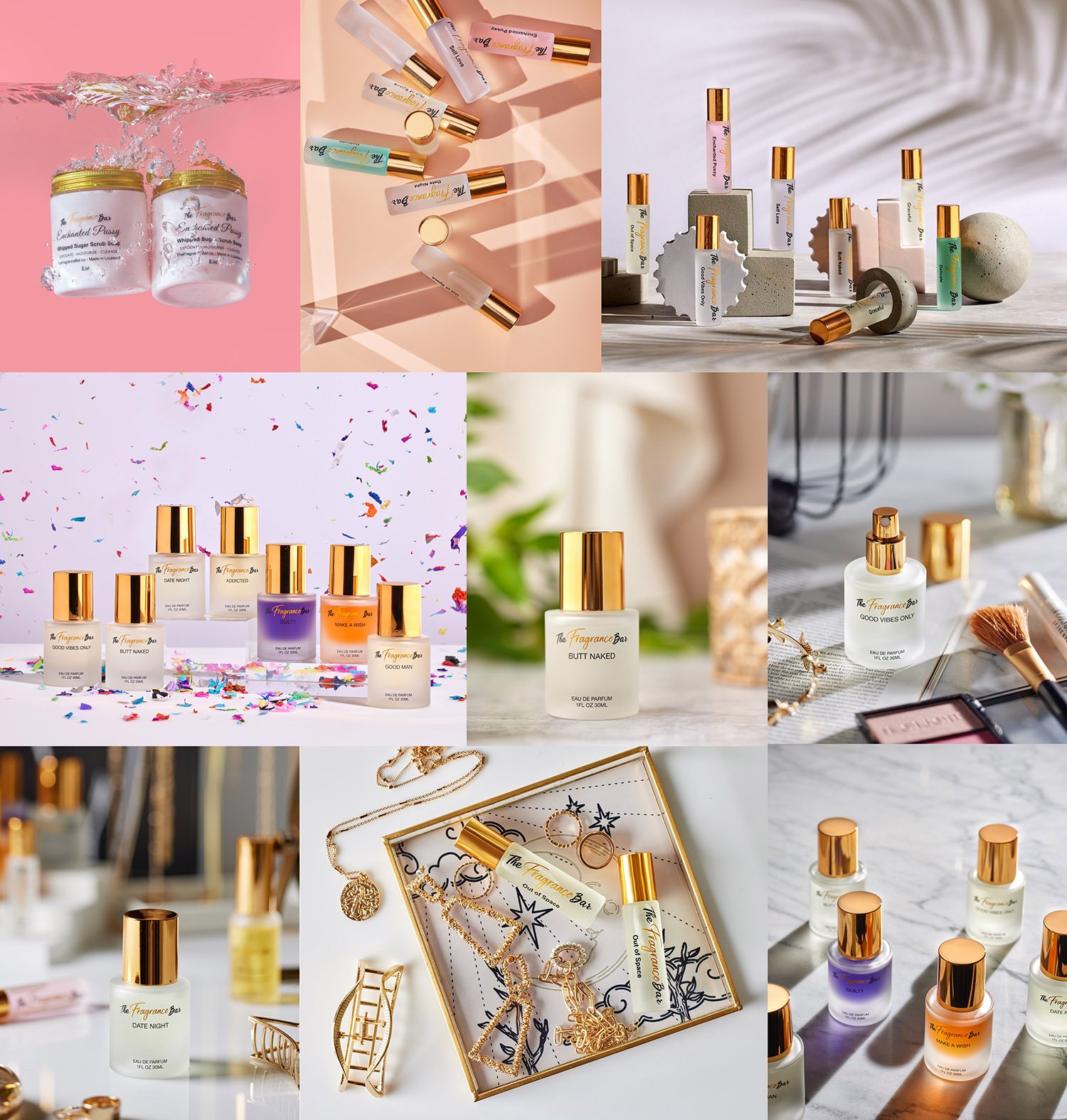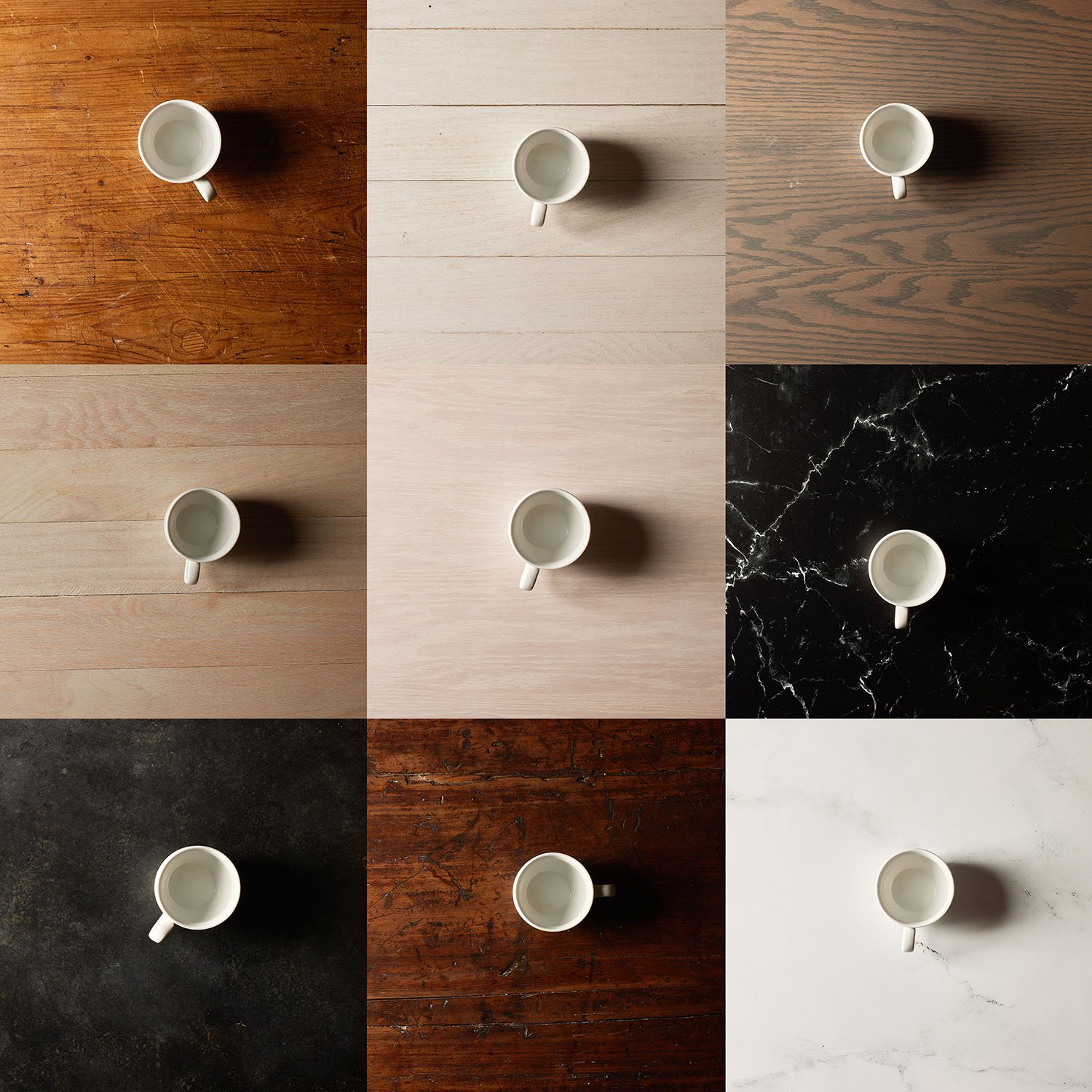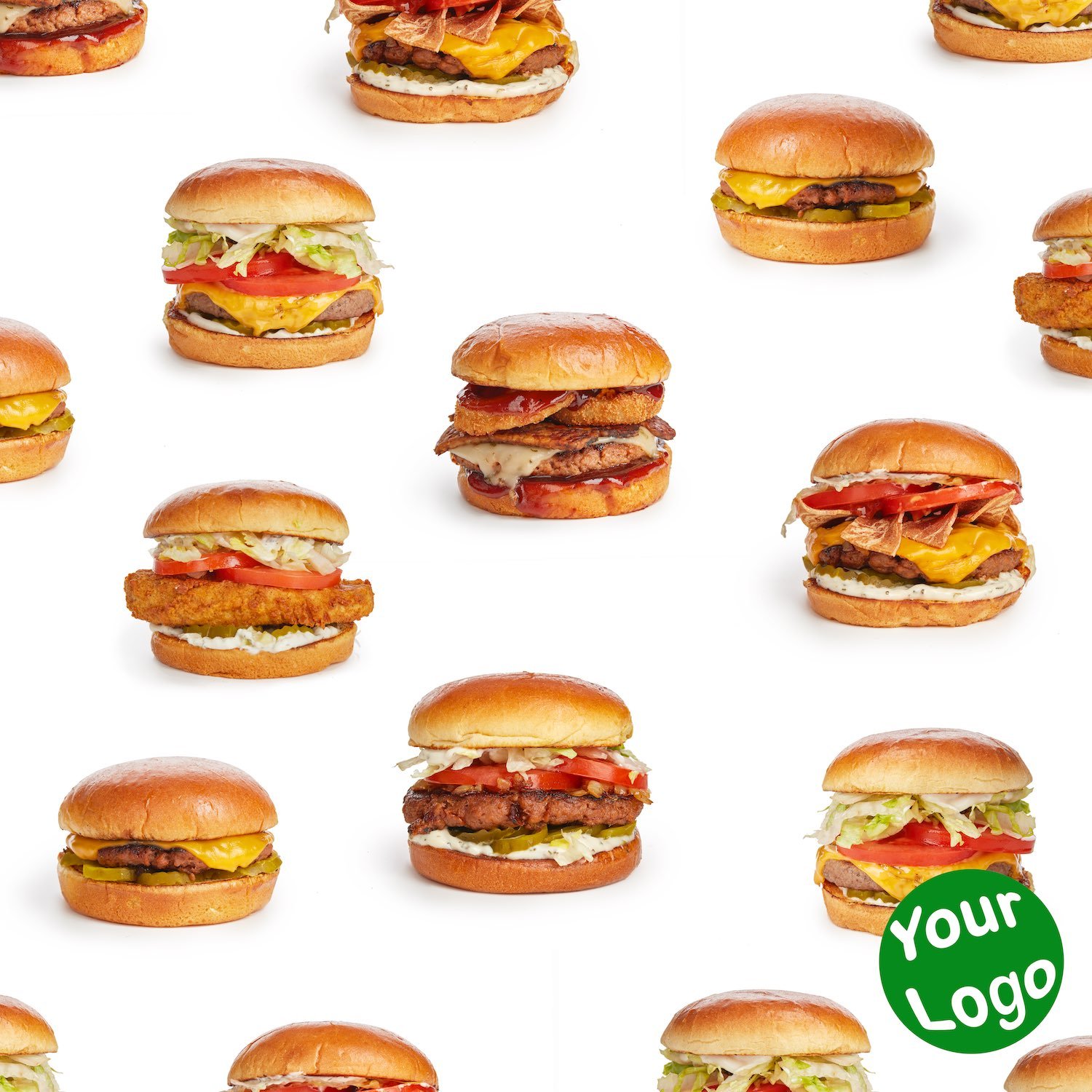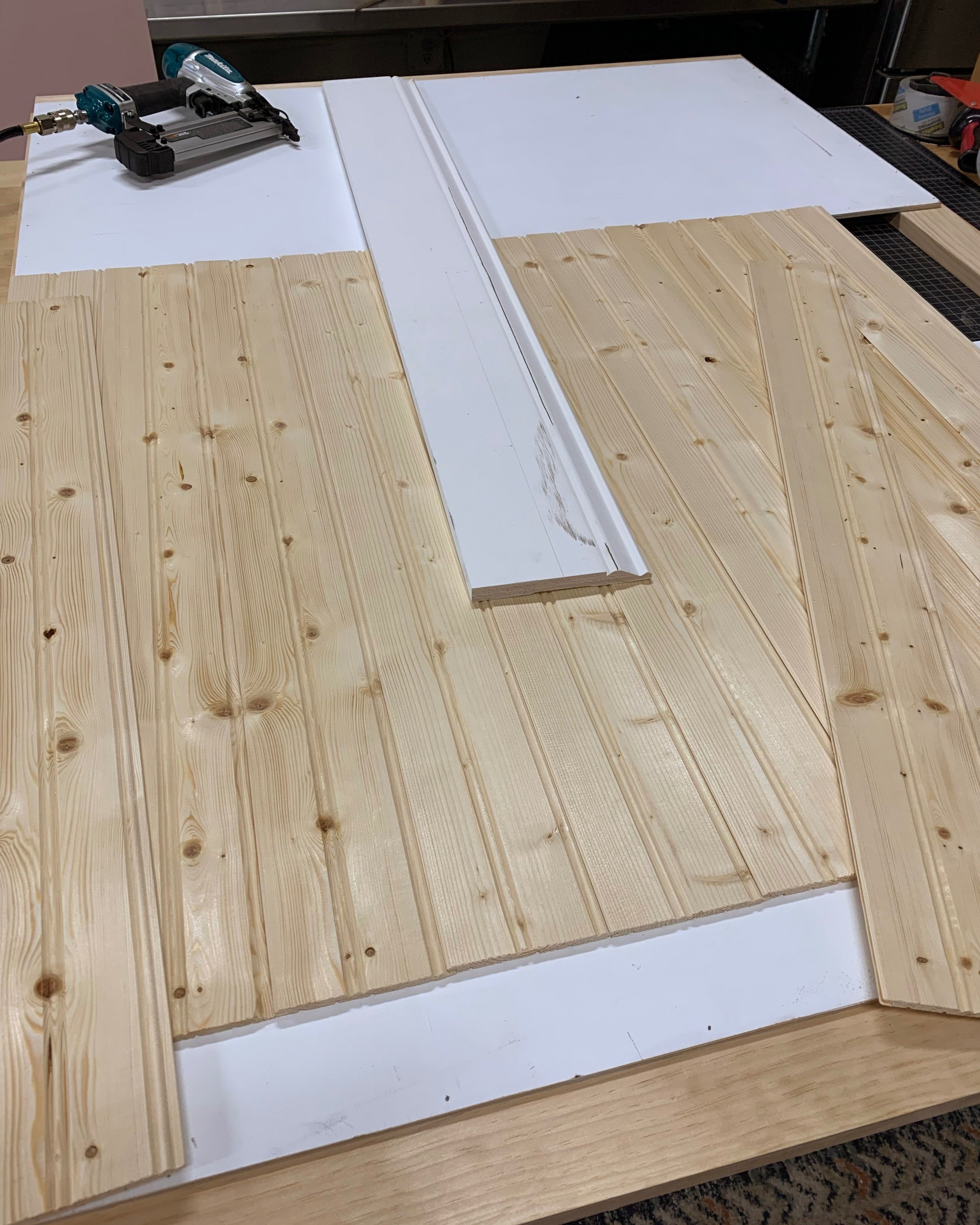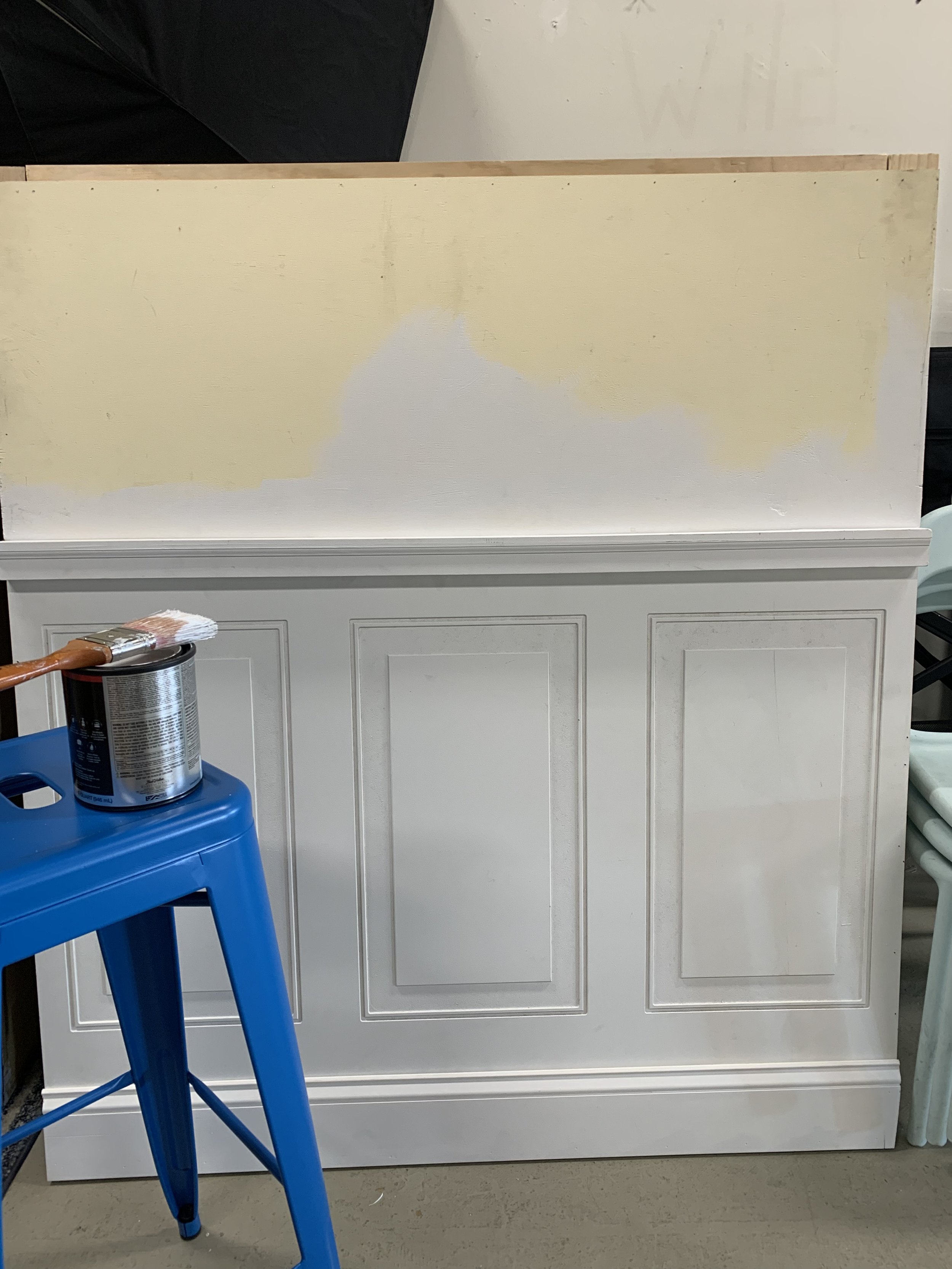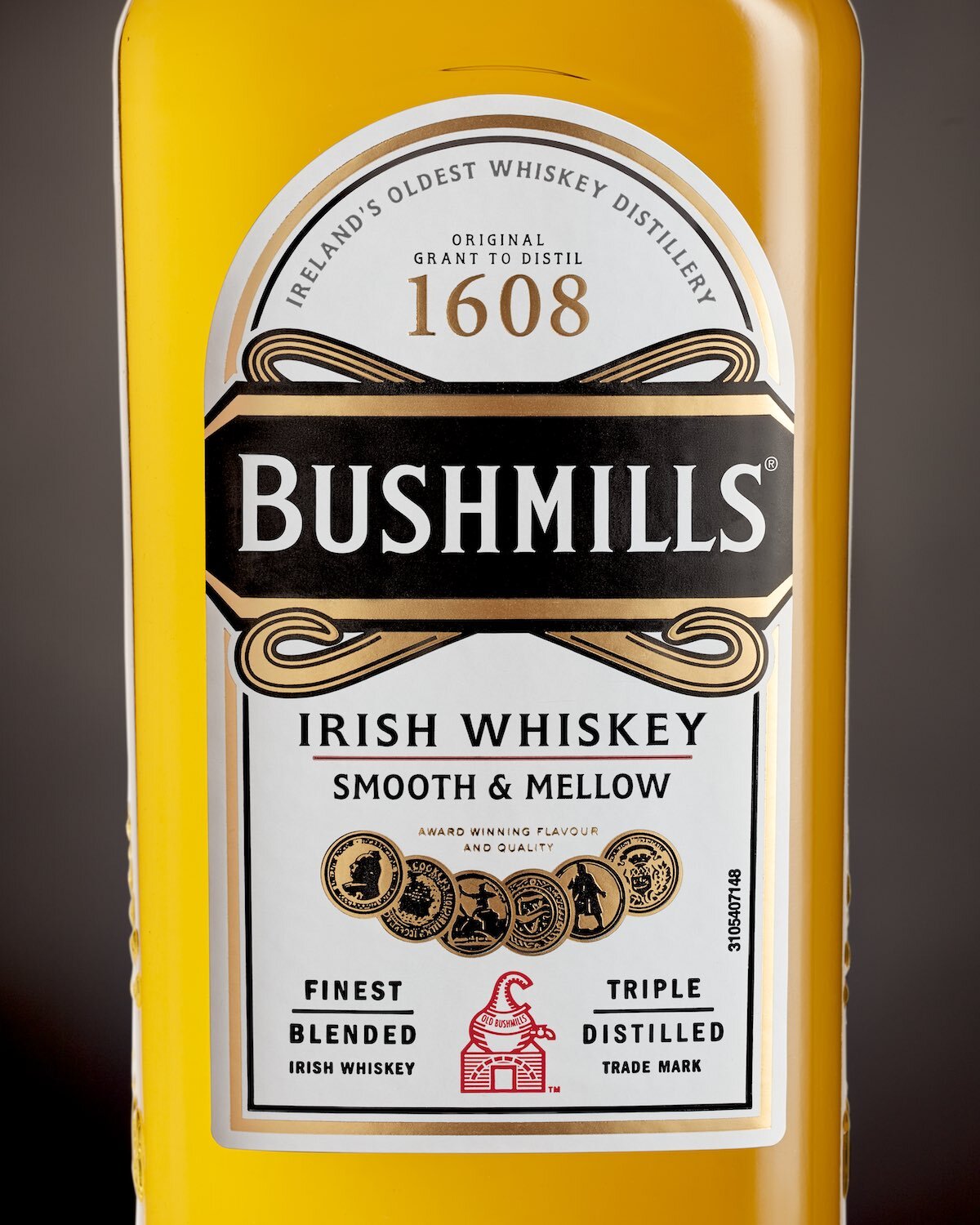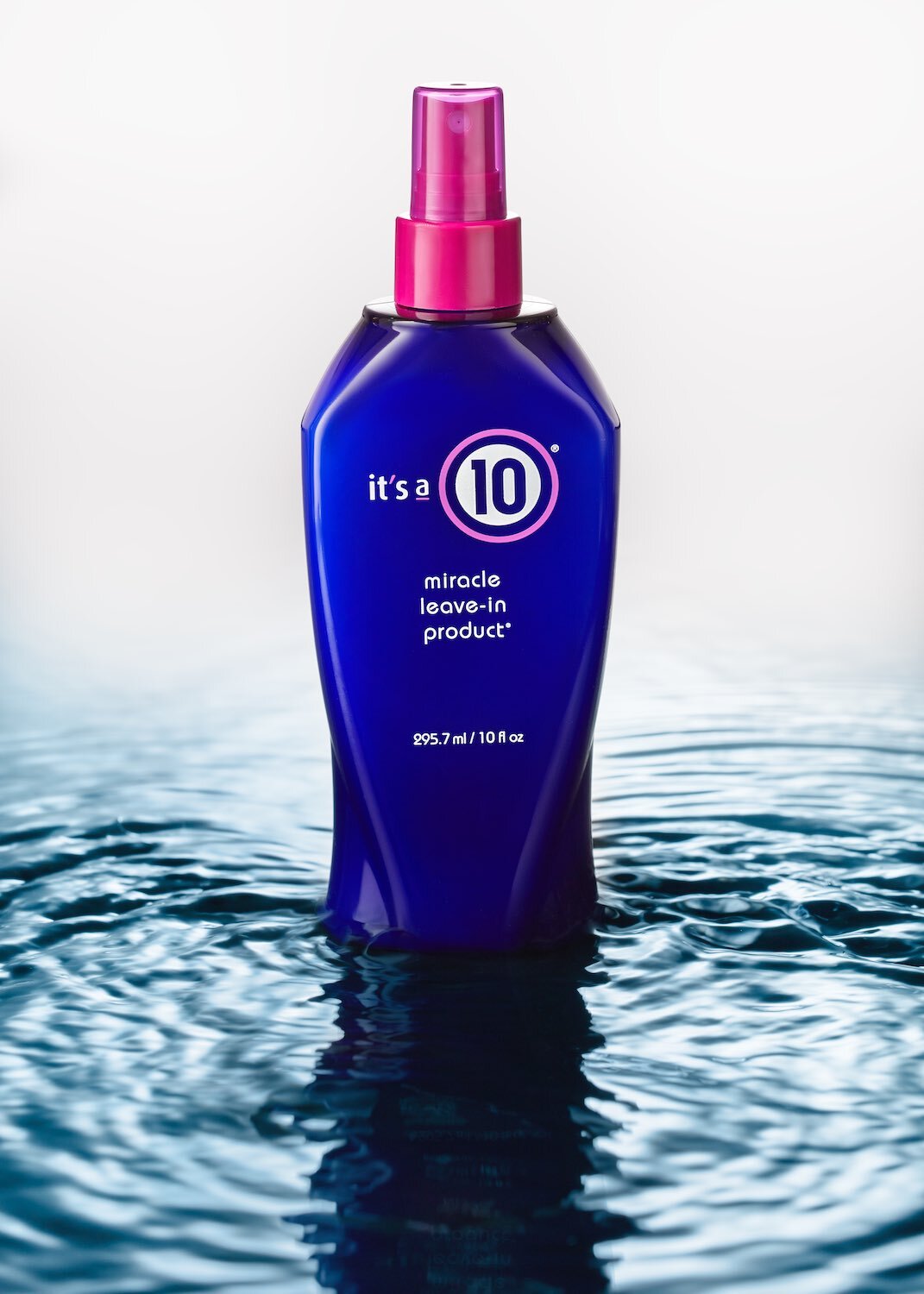Shooting products outside the studio can inject an interesting narrative element into photos. In the studio you can have a bunch of props and backgrounds but sooner or later you run out of options to make convincing lifestyle shots and you venture out of the studio for inspiration. For this luggage shoot we needed to show the bags being used in a romantic way that suggested a weekend getaway. My friend and colleague Leslie Eugene at Pretty Haute Marketing, came up with the idea and location. She found a very chic airbnb that fit all of our needs. I actually ends up being cost effective when you consider that we got access to several different looks in the small suite. In the studio to make a bedroom set would require all of the props to be brought in, nightstands, linens, beds, chairs a couch. The logistics of getting a hold of all of those items would be cost prohibitive not to mention how much time it would take,
Not a tough look to reproduce in the studio until you consider gathering all of the props.
The suite worked out perfectly. We got a nice group of images and had a very successful shoot.
The privacy glass provided us with a nice minimal framework for our composition.
Simple and minimal, really allows the product to shine.
Overall the location gave great vibes. It really feels like a relaxing weekend out of town.






